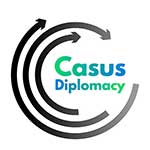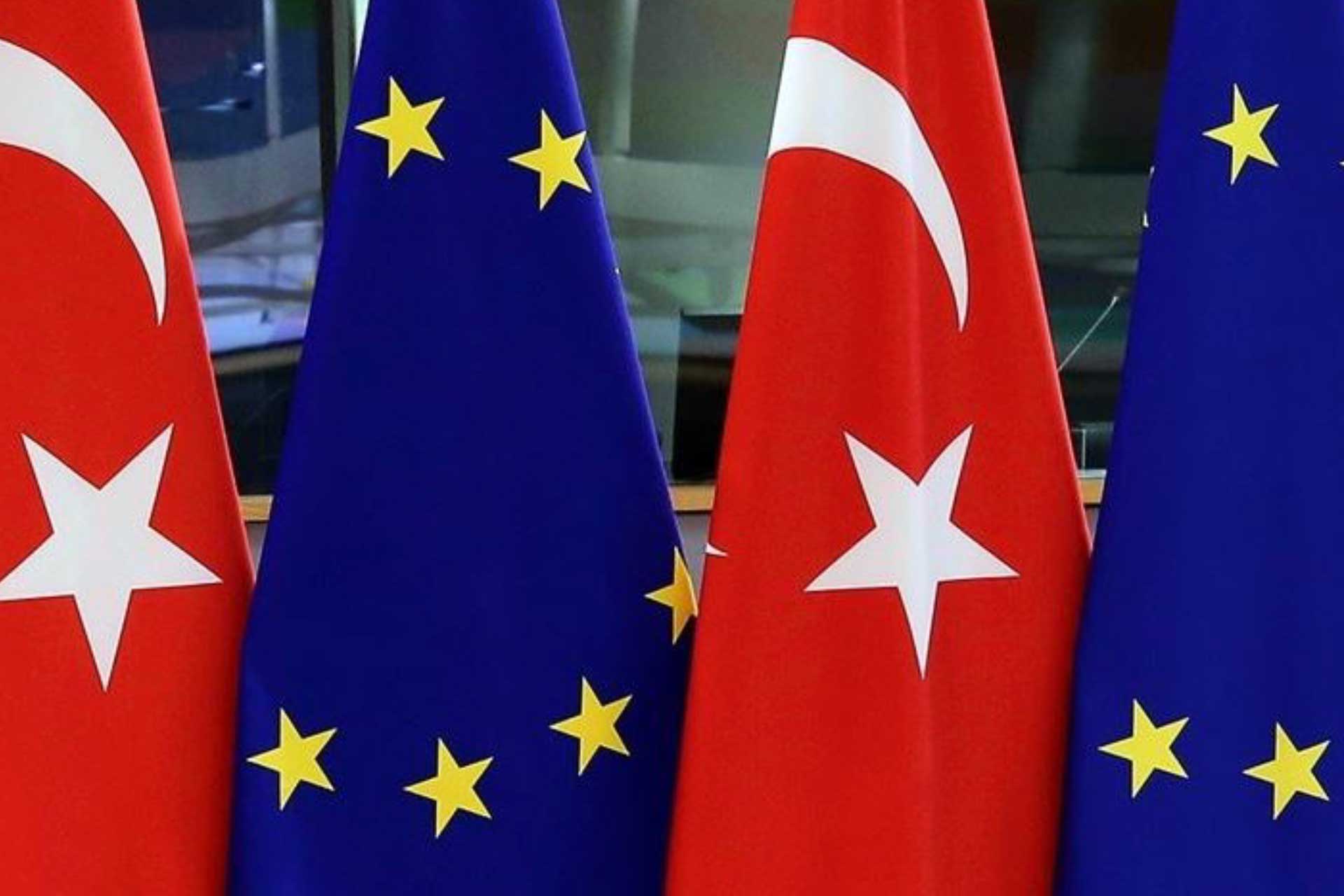The World’s Most Dangerous Gap: “Darien Gap”
Refugee studies in Türkiye have generally focused on refugee crises centered in the Middle East. Most of us are familiar with the journey Syrians make by boat to reach Greece through our country. However, it is highly likely that many of us have never heard of the “Darien Gap”, which is considered to be the most dangerous forest in the world. The danger of this jungle is not so much from the wild animals in it, but from the drug gangs and human traffickers in the jungle. Anyone who enters this jungle is psychologically destroyed, even if they manage to get out. And there is not even any police force in the jungle because there are no roads. The story of this vast Void is quite interesting.
The Darien Gap is the world’s most dangerous migration route. Located on the border with Panama, it is a jungle of steep mountains and endless swamps. It is about 100 kilometers long and is the only land “road” connecting Central and South America. In the last few years, it has become one of the first routes of choice for migrants trying to get to the US to start a new life, even though it is very dangerous. In numbers, according to the Panamanian government, approximately 134,000 refugees reached the United States in 2021 through this route. Most of them are Cuban and Haitian refugees.[1]
The Beginning of the End
The first stop on the journey starts in Necocli, a coastal town in Colombia. This is actually one of the biggest refugee crossing points in Latin America. From there, they take an hour-long ferry ride to Acandi on the opposite coast. This is only 9 kilometers away from Panama. However, it is worth mentioning that they have to wait for weeks to get on this ferry. During this time, they try to survive in tents on Necocli beach[2].
In the Gap
After reaching Acandi, they head straight into the Darien Gap forest. On this 10-day journey, some of them pay local guides, or “bush wolves” as they call them. In fact, the danger starts right after they enter the forest because there is total uncertainty. The jungle is teeming with smugglers and criminal gangs, including the famous Colombian FARC group and the Gulf Clan, Colombia’s largest drug cartel. These groups blackmail and sexually assault refugees in the jungle. The cartel extorts 50 dollars from each refugee for a night’s stay in the jungle, and those who refuse to pay are killed. People in the jungle are far more dangerous than wild animals. According to UNICEF’s 2021 data, at least 5 children lost their lives on this journey[3].
Exit from the Forest
Migrants usually leave from Bajo Chiquito, a small village in Eastern Panama. It is here that they encounter various international organizations to provide them with medical and psychological support. But here, too, the situation is dire because access to clean water and toilets is very limited. Various diseases are rampant among the refugees and unfortunately the organizations have nothing to do about it, given the environment they are in.
And the journey doesn’t end there, because there are 7 more borders to cross, and at each of these borders there is the risk of being deported and sent back. So each refugee embarks on this 4,000-kilometer journey at the risk of getting nothing.
Muhammed F. Cetinkaya
Graduate student-Boston University Pardee School of Global Studies
[1] https://www.npr.org/2021/11/13/1055503661/the-darien-gap-was-no-mans-land-now-its-a-popular-migrant-path-to-the-u-s
[2] https://www.cfr.org/article/crossing-darien-gap-migrants-risk-death-journey-us
[3] https://apnews.com/article/united-nations-south-asia-south-america-panama-child-welfare-5d6b975758c19629e216e4bf5103bb14




Comments